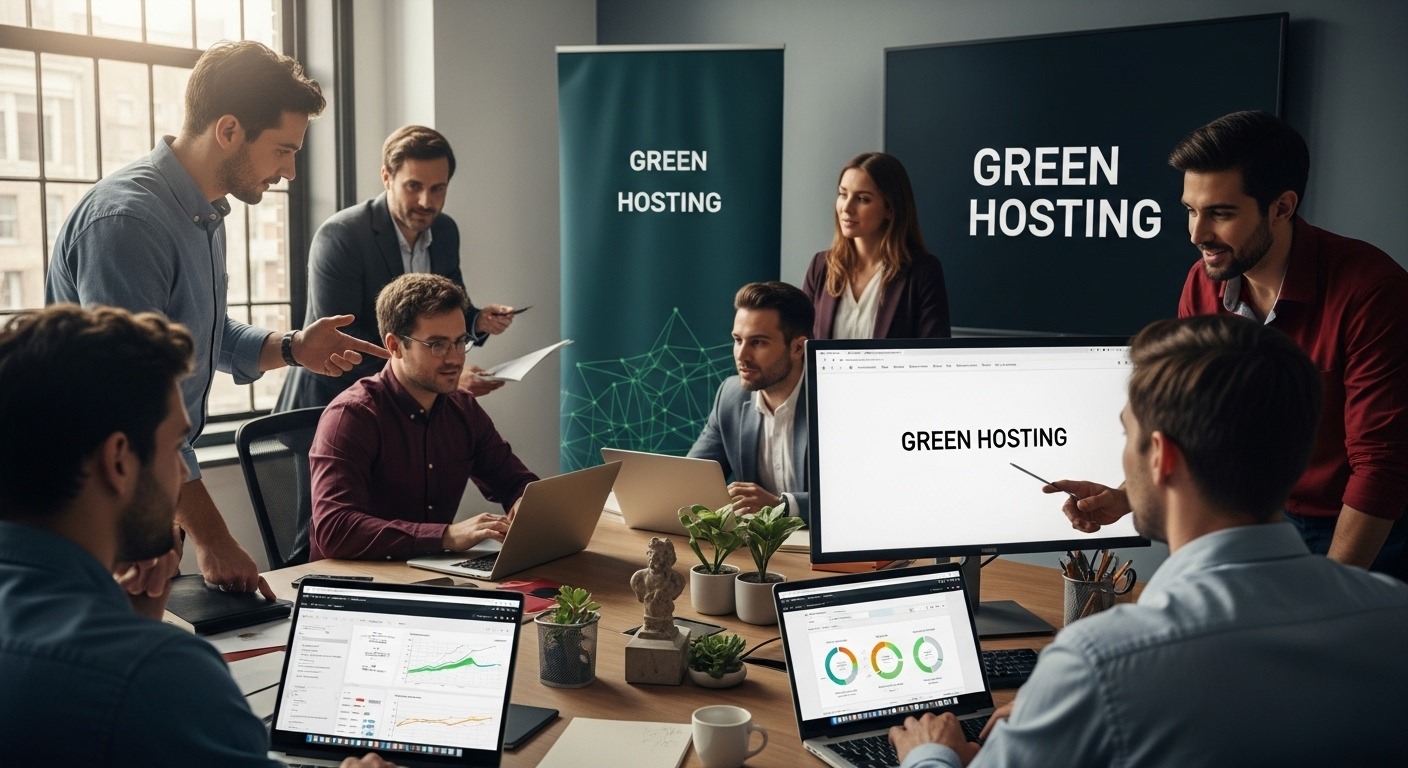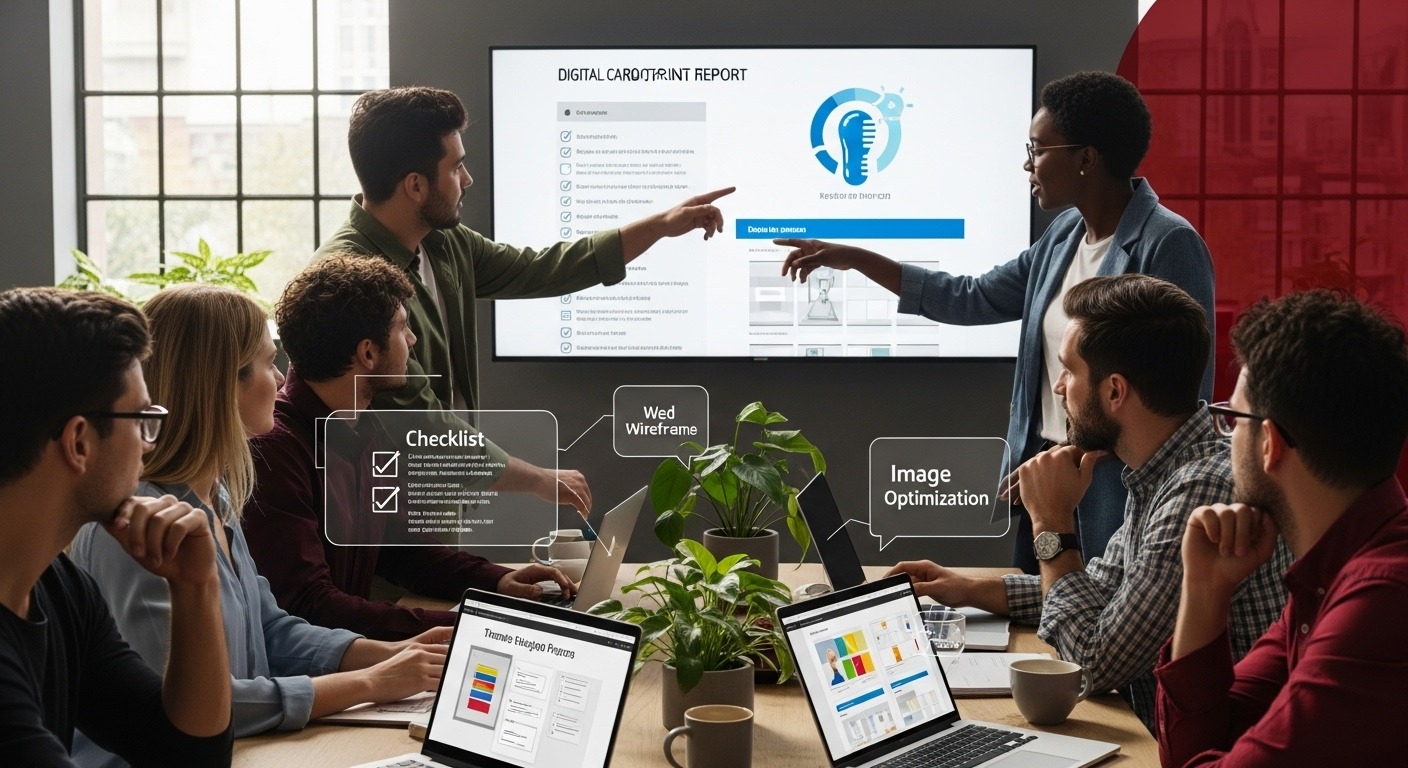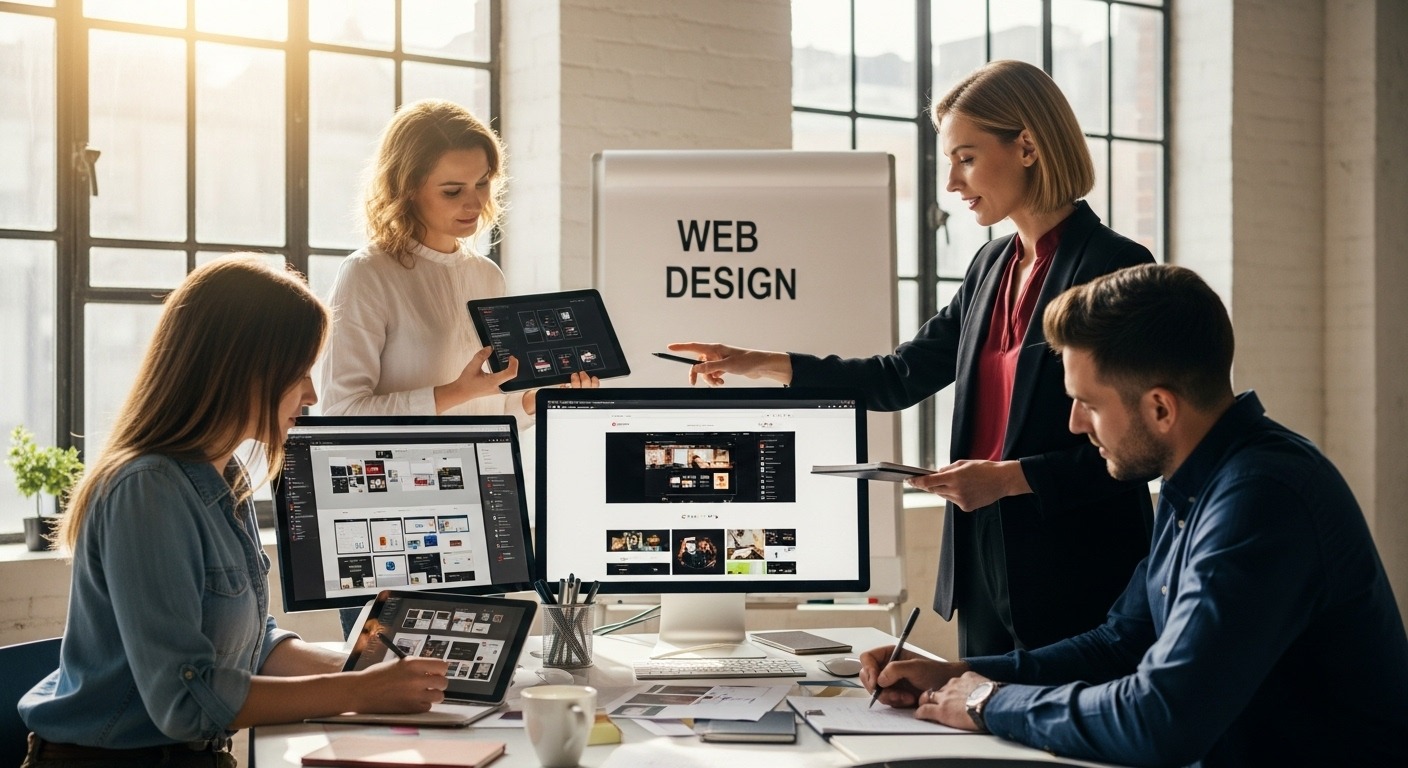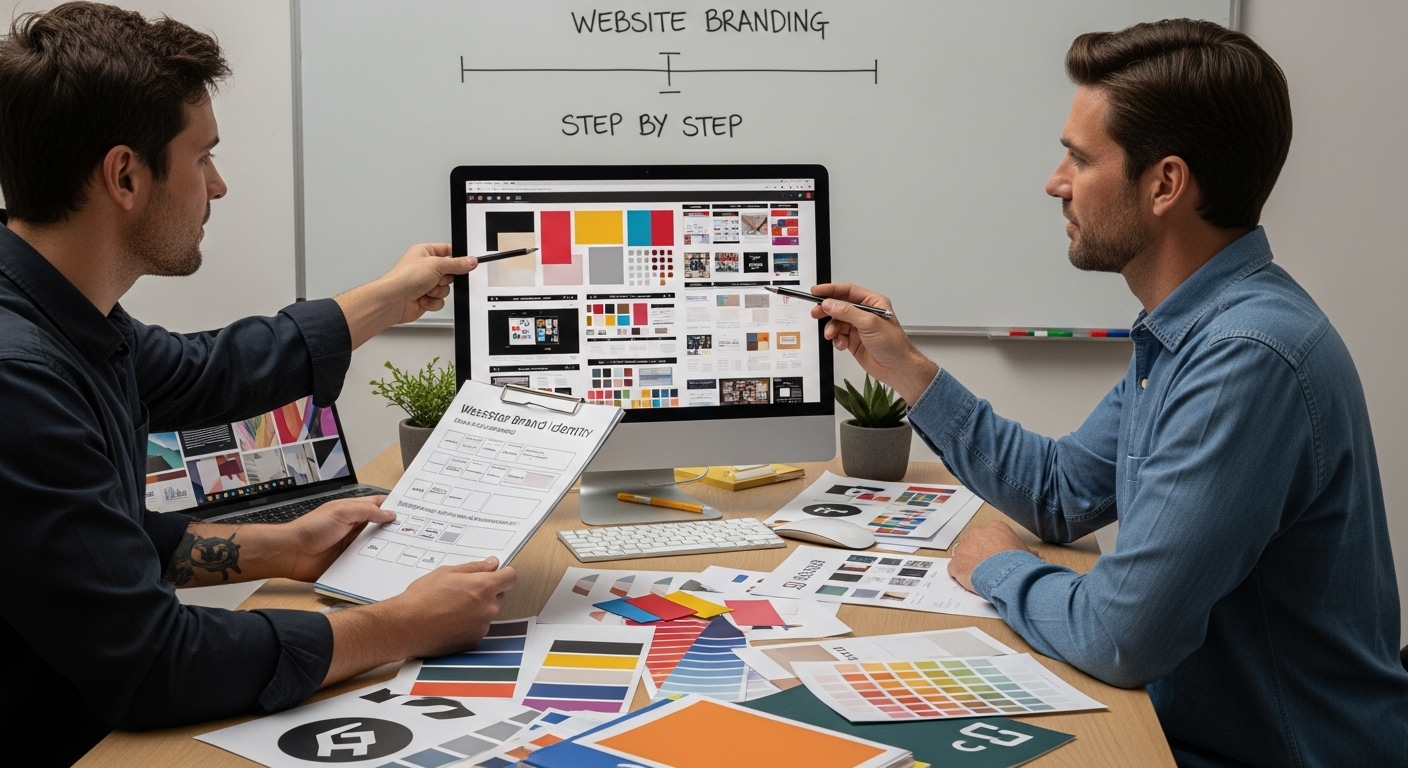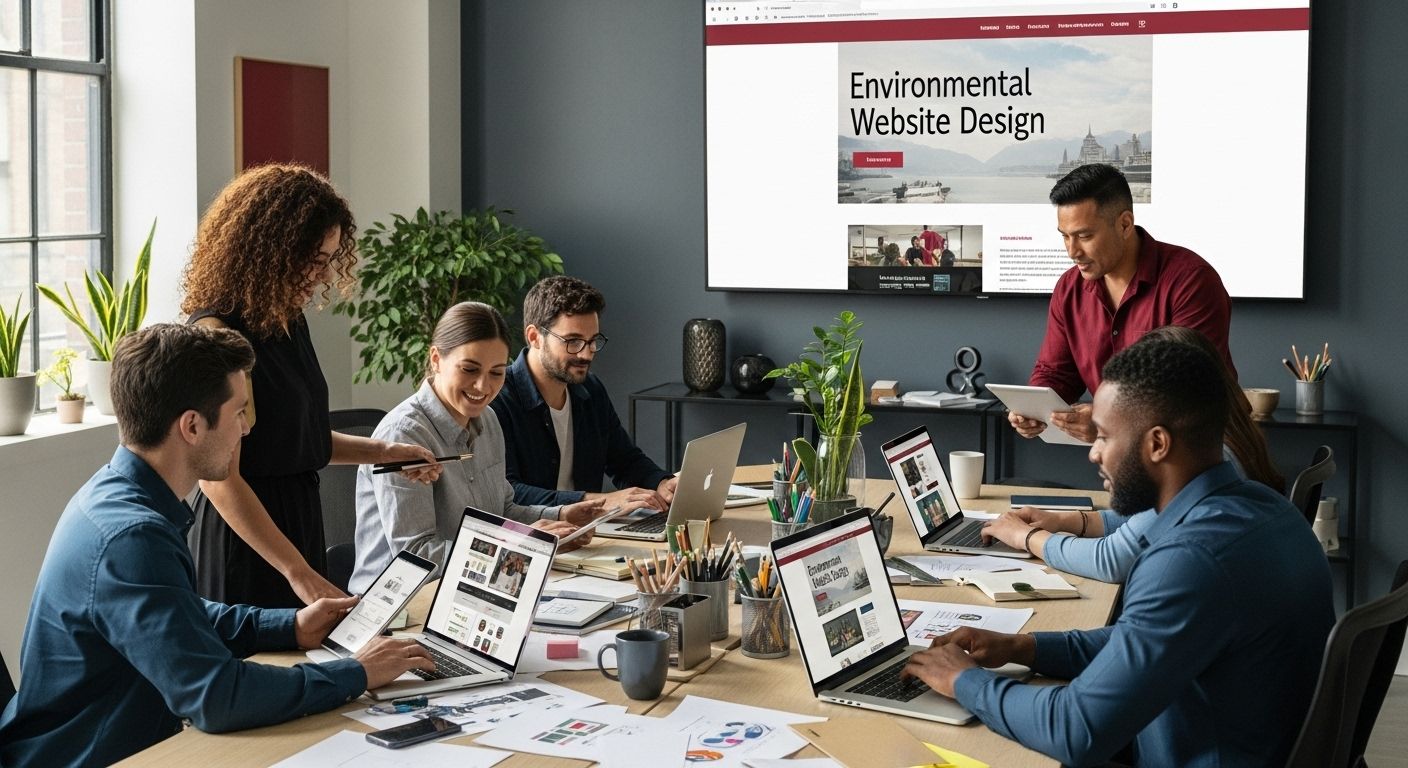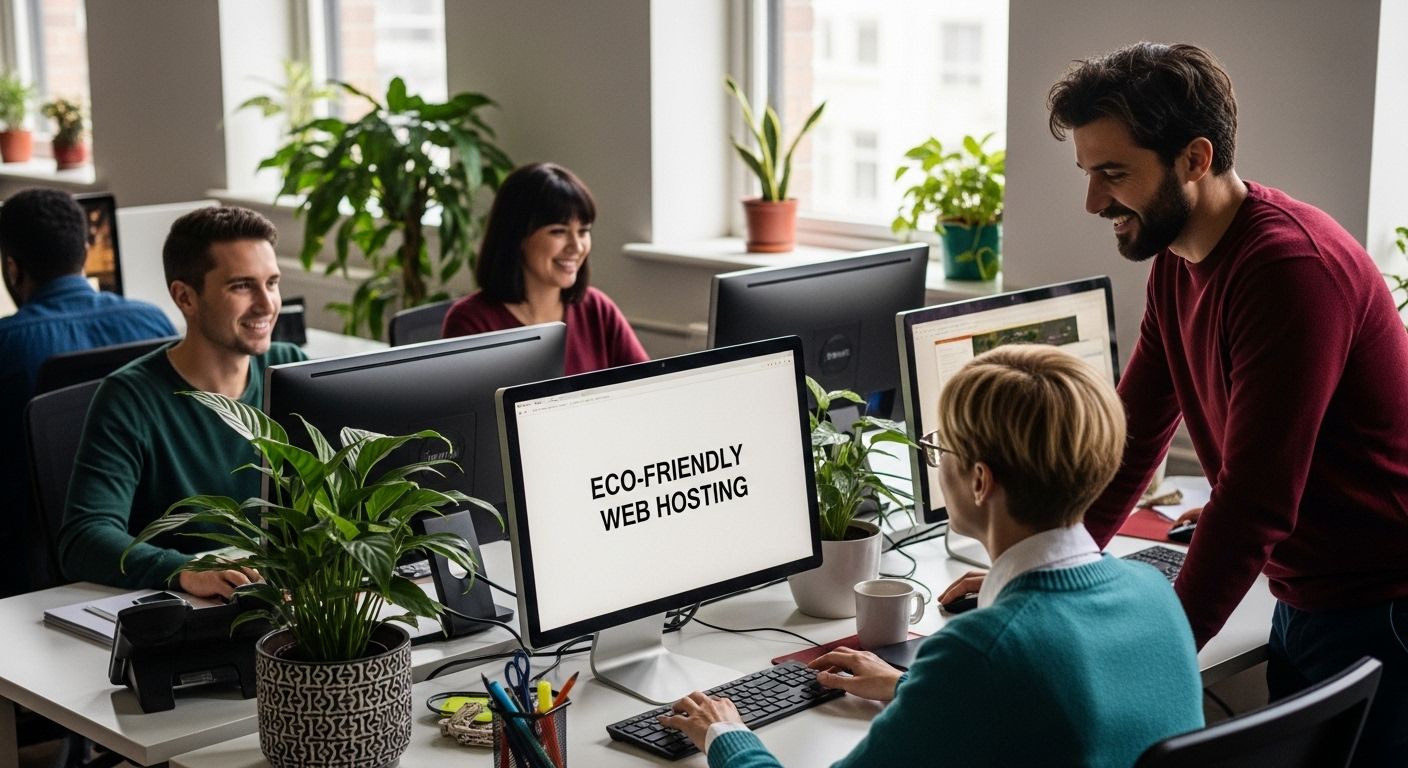Understanding Why Choose Green Hosting for Your Website
Discover why choose green hosting to benefit the environment and your business with our comprehensive explanation of its importance and workings.
7 Essential Steps for a Sustainable Web Design Checklist
Discover our sustainable web design checklist with 7 essential tips for creating eco-friendly websites that benefit both users and the planet.
What is Web Design? Understanding Its Importance and Functionality
Explore what is web design and discover its significance, components, and the way it shapes online experiences for users.
What is Carbon Neutral Hosting and Why It Matters
Discover what is carbon neutral hosting, its significance in sustainability, and how it impacts the environment positively.
Master Website Branding Step by Step for Success
Follow this website branding step by step guide to establish a strong online presence and engage your audience effectively.
Understanding Environmentally Friendly Websites in Australia
Explore environmentally friendly websites and their importance, concepts, and practical applications for a sustainable online presence.
Understanding Why Sustainability Matters in Web Design
Discover why sustainability matters in web design and gain a comprehensive understanding of its importance and impact on the digital world.
Understanding the Website Branding Process in Australia
Explore the website branding process in detail, uncovering its importance and key concepts for effective online presence in Australia.
Understanding Environmental Website Design: A Clear Guide
Explore environmental website design concepts, their importance, and how they work to create engaging and sustainable online experiences.
Understanding Eco-Friendly Web Hosting for Sustainable Websites
Explore eco-friendly web hosting to learn how it supports sustainability, reduces carbon footprints, and promotes greener digital practices.




